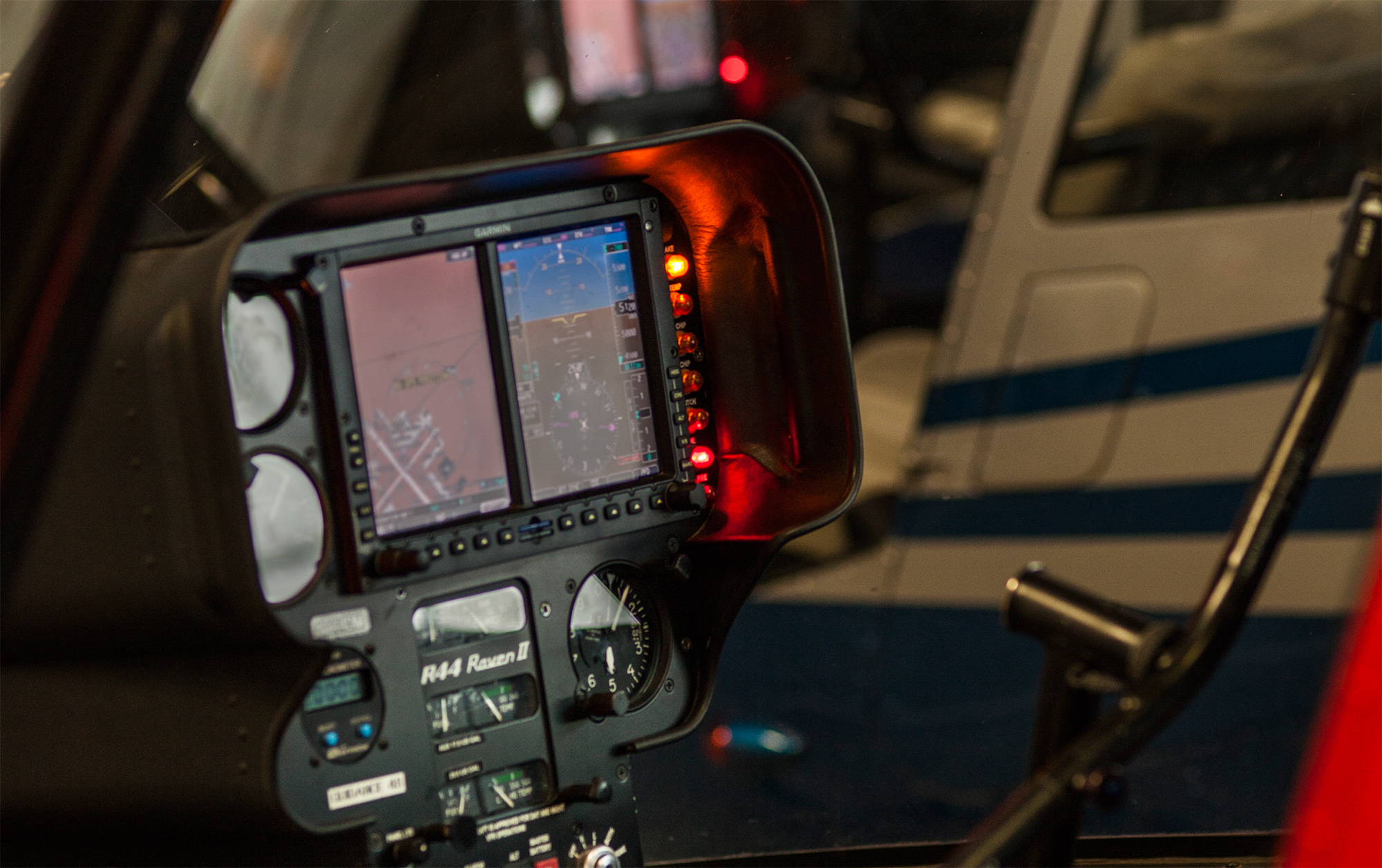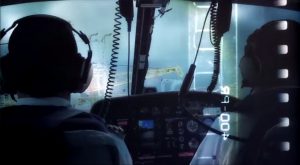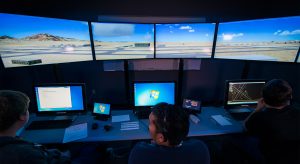ADS-B – Gains in Safety and Situational Awareness

What is ADS-B ? If you’re a student helicopter pilot just starting at one of Guidance Aviation’s helicopter pilot schools in Arizona or Louisiana, you may have viewed ADS-B info via the Guidance Aviation mobile APP or web portal “MY GA”.
ADS-B stands for Automatic Dependent Surveillance Broadcast and is a part of the FAA’s NEXT GEN Modernization of the U.S. air traffic system. “With ADS-B, both pilots and controllers can see radar-like displays of traffic – the displays update next to real time and do not degrade with distance or terrain. The system also gives pilots access to weather services and flight information services.
The gains in safety, capacity, and efficiency as a result of moving to a satellite-based system will enable the FAA to meet the expected growth in air traffic predicted in coming decades. Because ADS-B is a flexible and expandable platform, it can change and grow with the evolving aviation system.”
[Source: FAA.gov]
Guidance Aviation Fleet Upgrades Include ADS-B

In February, 2014, Guidance Aviation made a commitment to upgrade its IFR fleet with glass panel technology, including ADS-B. And, although the FAA mandate states that ADS-B installations need to take place by 2020, ADS-B installations are already taking place at Guidance Aviation.
“Currently, we have (13) R44s in the fleet, with (2) more on the way. So as we add new R44’s, they will have the G500H glass panels installed. We also have (3) R66 turbines in the line-up, a fourth R66 arriving in February 2015, and a fifth one new from the factory in March, 2015. All of the new R66 turbines have Aspen EFD 1000H Pro/HSI glass panels. Finally, we are already initiating ADS-B compliance in our helicopters. Our ADS-B work is well ahead of the FAA’s 2020 ADS-B mandate designed to improve situational awareness and safety for pilots,” states Jason Kidd, Director of Maintenance, Guidance Aviation.
ADS-B Background
The FAA’s Surveillance and Broadcast Services program office was formed in 2005.
The program office will change the nation’s air traffic control system from one that relies on radar technology to a system that uses precise location data from the global satellite network.

Enabling this evolution is a proven technology called Automatic Dependent Surveillance-Broadcast (ADS-B). ADS-B is a crucial component of the nation’s Next-Generation Air Transportation System (NextGen), and its implementation over the next 20 years will turn the NextGen vision into a reality. After years of research and development, and use by general aviation pilots in Alaska and air transport carriers in the Ohio River Valley, the FAA determined in 2005 that ADS-B was ready to be implemented throughout the national airspace system.
ADS-B technology’s impact on Gulf of Mexico Flight Operations

The Gulf of Mexico (GOM) is the home to Guidance Aviation’s helicopter flight operations in Baton Rouge, Louisiana. This FAA video link from 2010 provides insight on the impact ADS-B technology has had on the helicopter operations in the Gulf of Mexico: FAA Video [Source: FAA.gov]
ADS-B – What are the rules?
The Federal Aviation Administration published two rules in the Code of Federal Regulations in May 2010: 14 CFR 91.225 and 14 CFR 91.227. Effective Jan. 1, 2020, aircraft operating in the airspace defined in 14 CFR 91.225 are required to have an ADS-B system to include a certified position source capable of meeting the requirements defined in 14CFR 91.227. Aircraft operating in Class A airspace— from 18,000 feet mean sea level to and including Flight Level 600 — must broadcast position data using Mode S, 1090 ES. Aircraft operating indesignated airspace exclusively below 18,000 feet MSL can broadcast the required information using either 1090 ES or a UAT on 978 MHz.
Contact Guidance Aviation to start your helicopter pilot training in the most advanced fleet available. Guidance Aviation is a career school. Our job is not done until you’re flying as a professional helicopter pilot.



